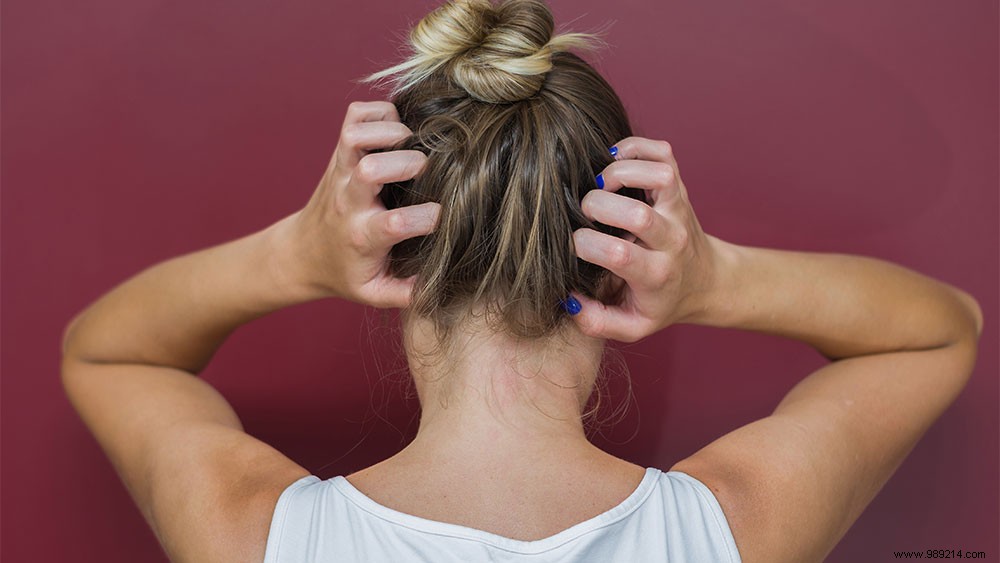
Itching, flakes, redness; a sensitive scalp is no fun. These tips can soften your skin.
Read also: 'Tips against a shiny forehead'
Suffering from sensitive skin? Take a critical look at your hair products. You may be using shampoos or styling products that are too aggressive. There is a greasy protective layer on your scalp and around your hair. Products that are too aggressive can destroy them. A good shampoo removes sebum and dirt, but also ensures that the protective layer remains intact or is even strengthened.
Check the ingredients of your hair products. Lauryl sulfates are often used in shampoos because they cleanse well and lather well. Unfortunately, they can irritate the scalp in some people. Other quite aggressive substances are sulfosuccinates. Choose a mild shampoo for dry hair, it contains less aggressive cleansers. Do you dye your hair? That can also cause irritation. Many hair dyes contain the substance PPD (paraphenylenediamine) which can be irritating.
Do you use a mild shampoo, but do you still suffer from irritated skin? Then take a closer look at your beauty routine. Washing too much, brushing too much, showering too hot or blow drying too warm:it can all have an effect on your scalp.
First, determine how often your hair needs a wash. You only need to wash your hair if it feels dirty and greasy. In addition, make sure that you do not go past your scalp with the brush and from now on blow dry your hair on a cooler (or even cold) setting. Hot blow drying cause itching. Also switch styling products every now and then. Maybe you suddenly can't handle it anymore. Other tips:don't always wear your hair in a ponytail, but also let it hang loose to let your scalp breathe. And avoid leave-in products. These are, for example, conditioners that you do not have to rinse out and whose substances therefore remain in your hair and on your scalp.
When your scalp becomes irritated, it can cause an itching or pulling sensation. The natural flora of your scalp changes. Cells renew faster and this leads to flakes. Your body will try to repair this. You can lend a helping hand by stimulating blood circulation, for example with a scalp massage. This is how you give yourself a head massage.
Massage your scalp by making circular movements with your fingertips. Do not move your fingers over the skin, but 'shift' the skin with your fingers. Make the circular motion about five times and then move your fingers to another spot:the hairline near your forehead, your temples, behind your ears, your crown and the back of your head.
Will milder products and a different hair routine not help? Then it is wise to go to the doctor. You may think you have dandruff, but the underlying cause is actually a skin condition like eczema or psoriasis. A fungal infection or an autoimmune disease can also be the cause of your sensitive scalp, just like stress or an allergy to hair dye.
An expert can help you find the underlying cause faster. A referral from the general practitioner is required for a dermatologist. Specialist care such as dermatology falls under the deductible.